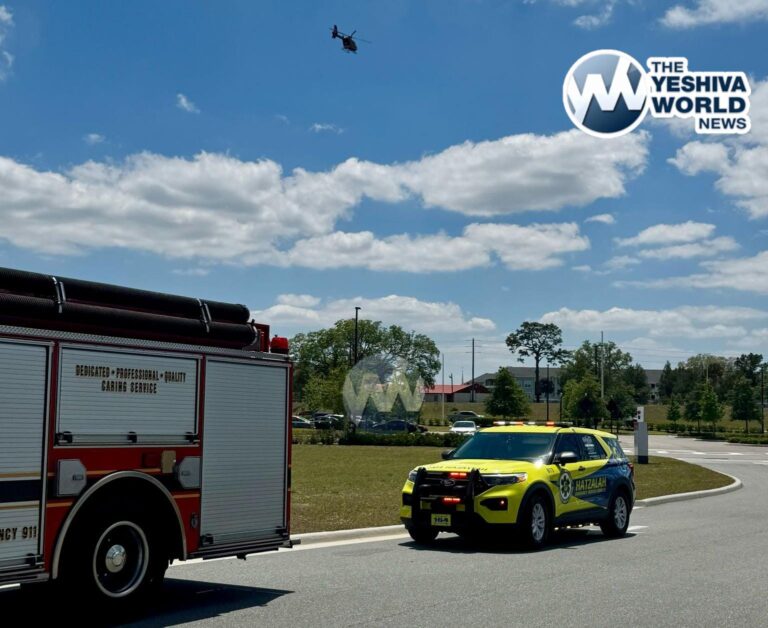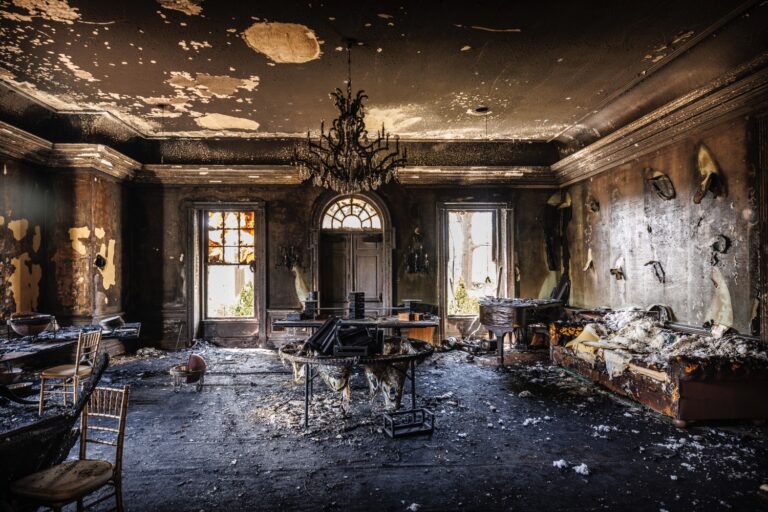 The New York Police Department is set to deploy the first body cameras to officers around the city after resolving some of the thorniest issues on when to switch on the camera, how long to keep the tape and when to tell the public they’re being recorded.
The New York Police Department is set to deploy the first body cameras to officers around the city after resolving some of the thorniest issues on when to switch on the camera, how long to keep the tape and when to tell the public they’re being recorded.
About 1,200 officers who work the evening shift in 20 precincts will get the cameras starting at the end of the month as part of a pilot program ordered by a federal judge. The order followed a 2013 ruling that officers were wrongly targeting black and Hispanic men with its stop-and-frisk program. At the time, few police departments used body cameras.
Their use has exploded around the country following a string of killings of unarmed black people by police over the past three years and the ambush and killing of officers in New York City, Dallas and Baton Rouge, Louisiana. Both officers and citizens have said cameras could help de-escalate tense situations that lead to violence.
But the NYPD’s deployment has been on hold following a lengthy process to choose the camera company and storage, and questions on how they would work. As part of the federal mandate, the department sought public comment through a questionnaire. Some 25,000 people, plus 5,000 police officers, responded anonymously, and NYPD officials made changes based on the results.
Public response was disproportionately white relative to the city’s population, police officials acknowledged. But the report found that on many key questions, there was little difference in response by race.
One change based on the results was to alert civilians they are being recorded.
“New Yorkers … really want to be told they’re being recorded,” assistant deputy commissioner Nancy Hoppock said. “And officers really don’t want to tell them.”
Police won’t record every interaction — even though the public would prefer it — because there’s not enough storage capability and it would bump up against privacy laws and could stop witnesses from coming forward.
“We’re very cognizant of people’s privacy. We don’t want to deter people from cooperating,” said Assistant Chief Matthew Pontillo.
According to a draft of the operations order, officers will turn on their cameras for arrests, summonses, vehicle stops, interactions with crime suspects, interactions with a mentally unstable person who is violent, or when using force. They record property searches. They won’t record demonstrations unless there is a crime in process or other enforcement. Officers also won’t be able to view their footage if they’re involved in a fatal shooting or a criminal probe before being questioned by prosecutors. The tapes will be kept for a year.
Lawyers on the federal stop-and-frisk case, who are working with the NYPD, said they believe the amount of recording doesn’t go far enough and creates too much confusion for officers on when to record.
“Making a call to turn on a camera in the heat of the moment is much more burdensome for officers,” said attorney Darius Charney. “Just turning on the camera at the beginning is a much more straightforward approach.”
The federal monitor must sign off on the changes. Officers will receive a day of training on the camera, and the order will be revised as the department gets feedback and does its own study using a yearlong comparison to 20 precincts without cameras. Mayor Bill de Blasio has said he wants all 23,000 of its patrol officers outfitted with cameras by 2019.
San Francisco’s policy is similar to New York’s. In Chicago, officers are told to turn on cameras at the start of every tour and activate them only as they encounter citizens. In Baltimore, cameras are used for “all enforcement actions; for calls of a potentially criminal or adversarial nature; and for any other law enforcement contact that the officer believes appropriate,” according to city policy.
(AP)










